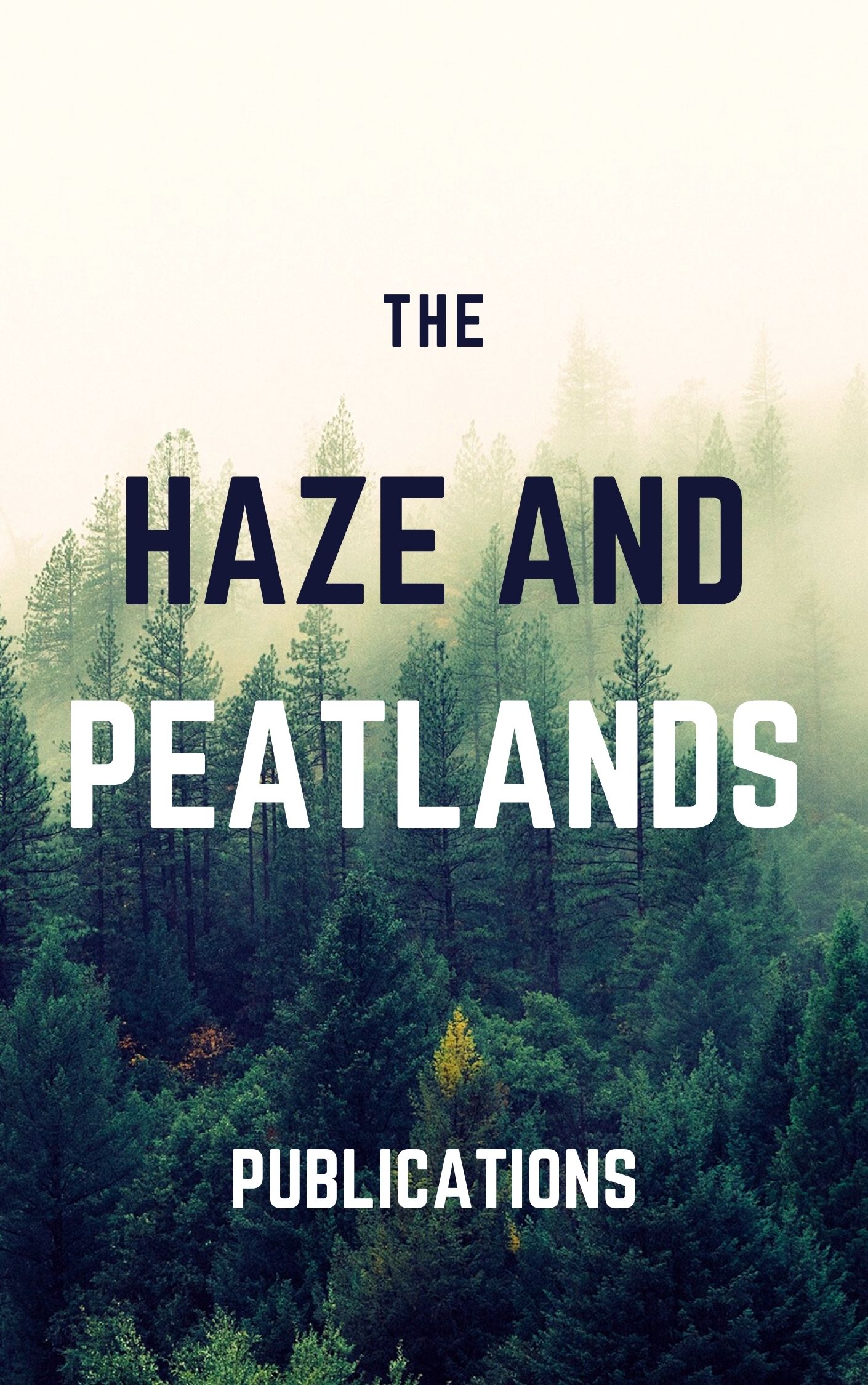This article takes as its starting point the burning down of traditional markets and clearance of squatter communities and street vendors that took place in the major Indonesian port city of Surabaya during 2007-08. It is argued that a legible landscape facilitating intervention, simulation and passage now marks a city where malls and hotels linked into new accelerated networks of unobstructed streets form the dominant presence. Using recent anthropological investigation from a poor neighbourhood and broader economic analysis of urban trends, the article demonstrates that while this landscape both displaces the poor and generates unprecedented revenues for the municipal government, it also contributes to a delegitimization of the city's municipal administration as it struggles to extend a legible gaze over the city's poor neighbourhoods. © Institute of Social Studies 2009.
View source

